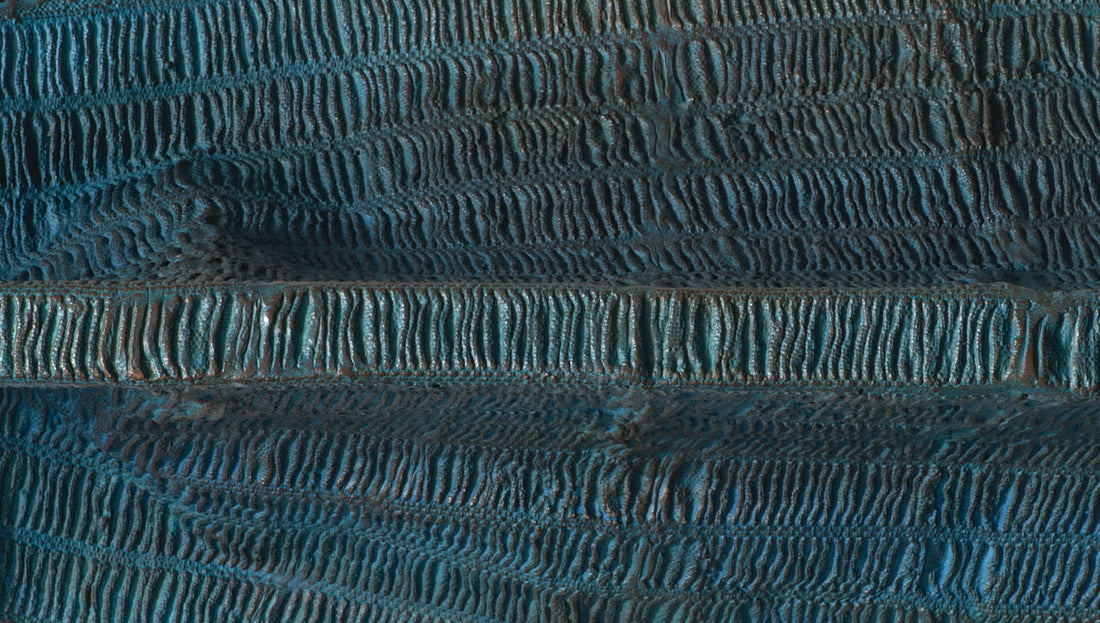
VIGNETTES: AN EXHIBITION TRIPTYCH
Three views are better than one is the thought that animates Vignettes; one venue, three exhibitions at browngrotta arts this Fall in Wilton, Connecticut, US. From 7 October - October 15, 2023, the gallery will offer two rooms celebrating the work of renowned weaver, surface designer, and educator, Glen Kaufman, two rooms devoted to noted basketmaker and sculptor Dorothy Gill Barnes, and two additional rooms featuring objects — baskets, sculptures, ceramics — by three dozen international artists.

Image: 2ki Aperture 1, Kiyomi Iwata, silk organza, 59” x 14” x 13.5”, 2005. Image above: detail of 6pd Venus, Eduardo and Mariá Eugenia Dávila Portillo, bronze, 39” x 6.75” x 5”, 2014.
Glen Kaufman’s art experience and influences were extensive — studying, then teaching, at Cranbrook Academy of Art, a Fulbright Scholarship in Denmark, a year as a designer in Dorothy Liebes' New York studio, and study visits to the UK. He landed at the University of Georgia where he headed the fibre program for 20+ years, spending one-half of each year in Japan for much of that time. The work in browngrotta arts’ Glen Kaufman: Elegant Eloquence, dates from1960 through 2010. It includes double weaves, macramé and a freestanding cylindrical form from the 60s, silk-screened and gold-leafed damask works from his years in Asia, collages, works of indigo on shibori, and gold leaf on paper.

Image: 2ki Aperture 1, Kiyomi Iwata, silk organza, 59” x 14” x 13.5”, 2005. Image above: detail of 6pd Venus, Eduardo and Mariá Eugenia Dávila Portillo, bronze, 39” x 6.75” x 5”, 2014.
Glen Kaufman’s art experience and influences were extensive — studying, then teaching, at Cranbrook Academy of Art, a Fulbright Scholarship in Denmark, a year as a designer in Dorothy Liebes' New York studio, and study visits to the UK. He landed at the University of Georgia where he headed the fibre program for 20+ years, spending one-half of each year in Japan for much of that time. The work in browngrotta arts’ Glen Kaufman: Elegant Eloquence, dates from1960 through 2010. It includes double weaves, macramé and a freestanding cylindrical form from the 60s, silk-screened and gold-leafed damask works from his years in Asia, collages, works of indigo on shibori, and gold leaf on paper.
Want to read more of this article?
We are proud to be a subscriber-funded publication with members in 185 countries. We know our readership is passionate about textiles, so we invite you to help us preserve and promote the stories, memories, and histories that fabric holds. Your support allows us to publish our magazine, and also ‘what's on’ information, and subscription interviews, reviews, and long-read articles in our online blog.
ALREADY A SUBSCRIBER? CLICK HERE TO ACCESS CONTENT

